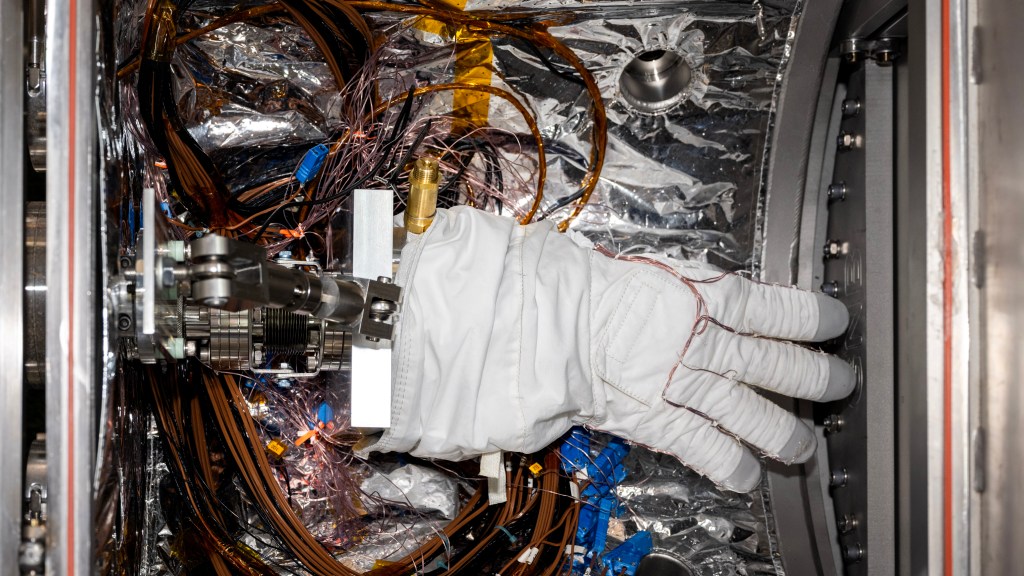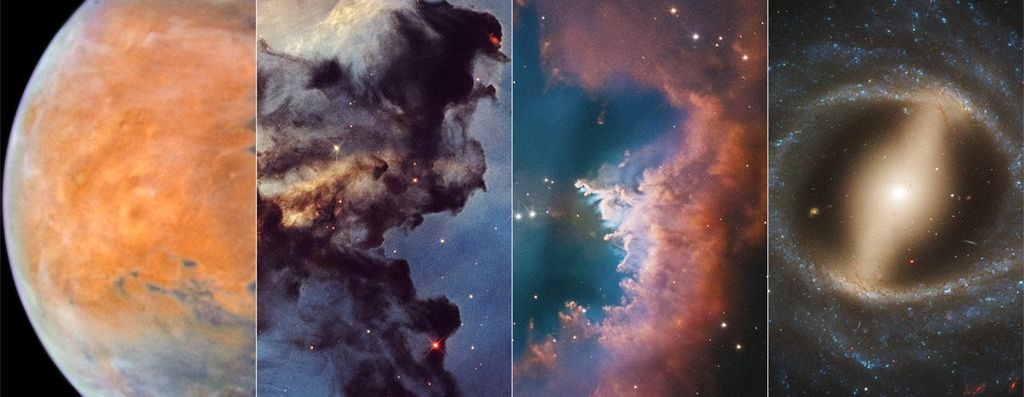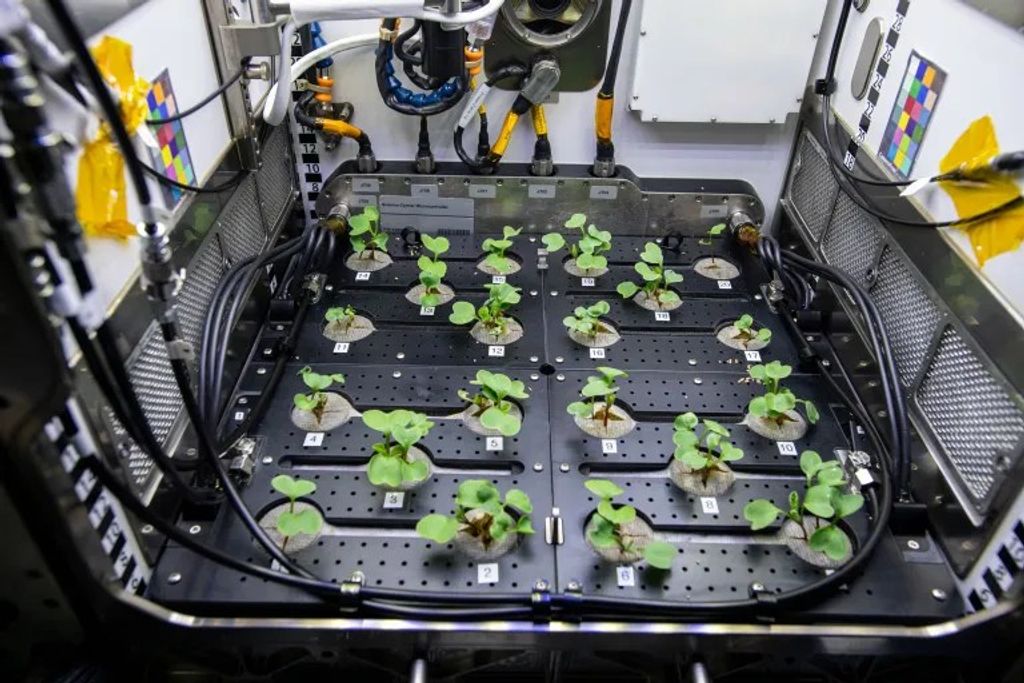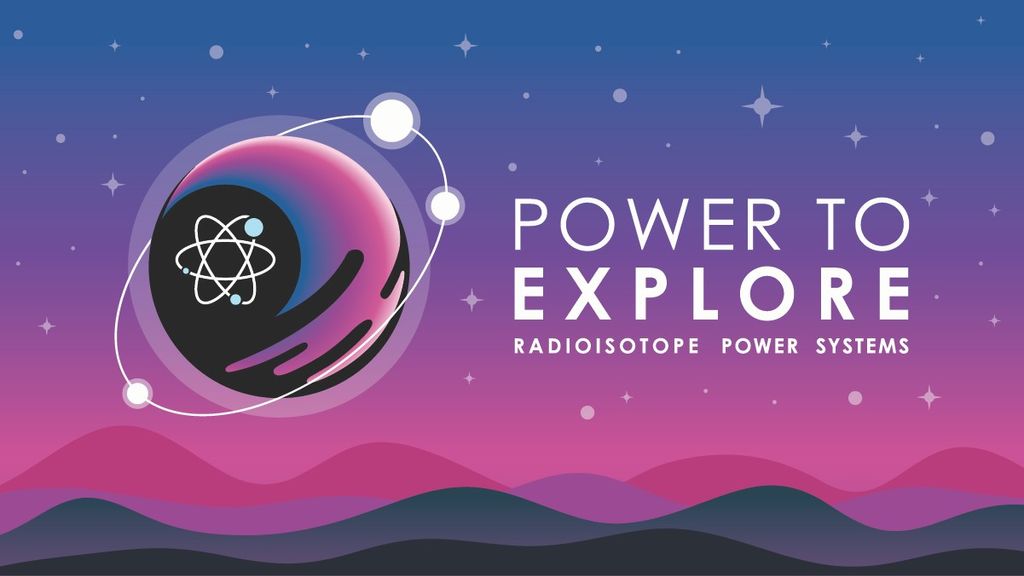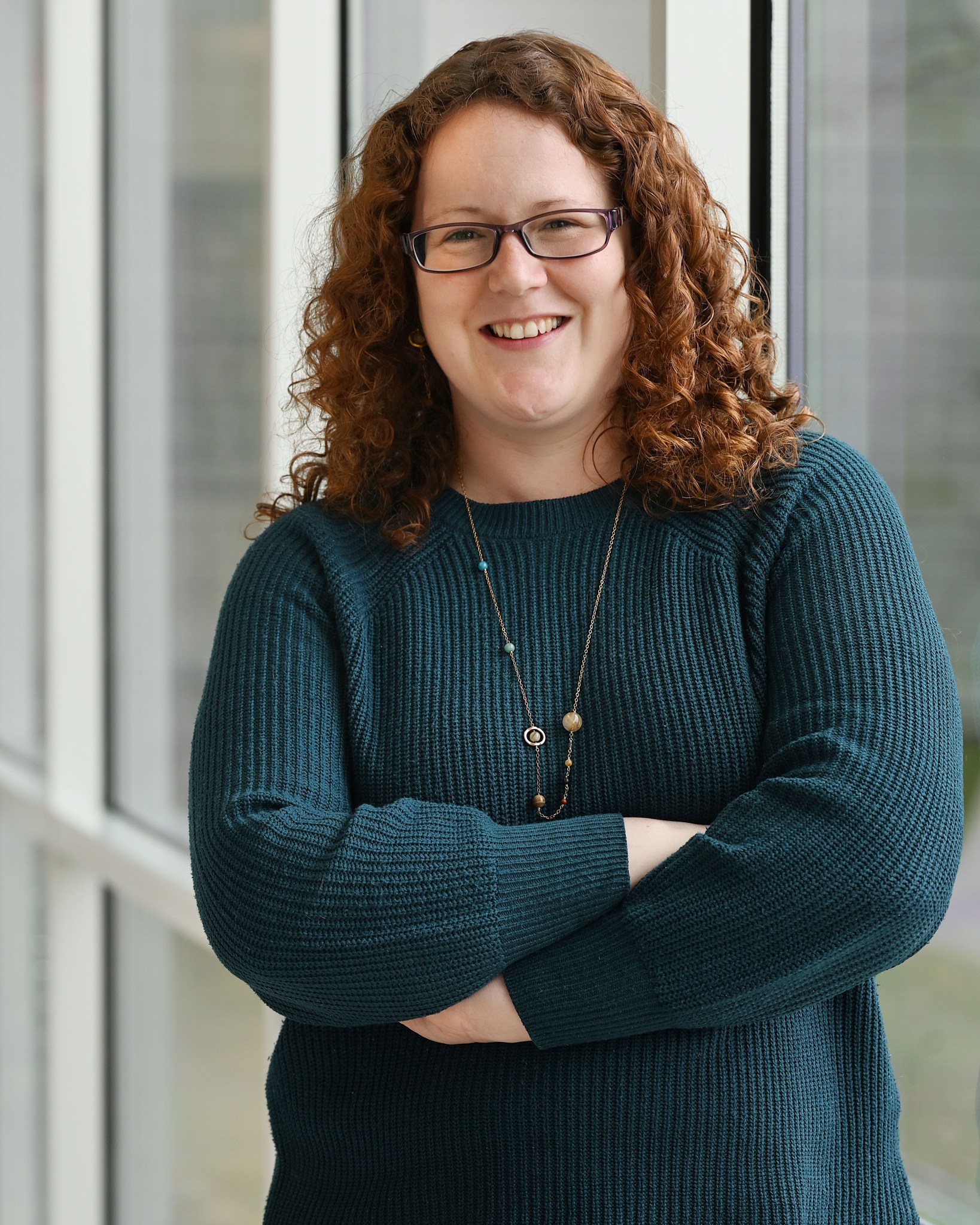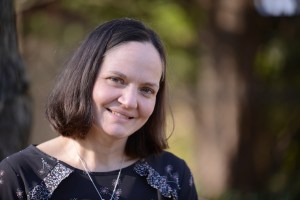Rebekah Hounsell is an assistant research scientist working on ways to optimize and build infrastructure for future observations made by the Nancy Grace Roman Space Telescope. The mission will shed light on many astrophysics topics, like dark energy, which are currently shrouded in mystery. Rebekah also works as a support scientist for the TESS (Transiting Exoplanet Survey Satellite) mission, helping scientists access and analyze data.
Name: Rebekah Hounsell
Title: Assistant Research Scientist
Formal Job Classification: Support Scientist for the TESS mission and Co-Principal Investigator of the Roman Supernova Project Infrastructure Team (PIT)
Organization: Code 667.0
What do you do and what is most interesting about your role at Goddard?
I am fortunate to have several roles at Goddard. I am a support scientist for TESS. Here I aid the community in accessing and analyzing TESS data. I am a co-principal investigator of a Roman project infrastructure team, focusing on building infrastructure to support supernova cosmology with the Roman HLTDS (High Latitude Time-Domain Survey). In addition, I am part of the Physics of the Cosmos program analysis group executive committee, co-chairing both the Cosmic Structure Science interest group and the Time-Domain and Multi-Messenger Astrophysics Science interest group. In these roles I have been fortunate enough to get a glimpse into how missions such as TESS and Roman work and how we can make them a success for the community. Missions like TESS are paving the way for future wide area surveys like Roman, providing a plethora of high cadence transient and variable star data, which can be used to gain a better understanding of our universe and our place within it.
How will your current work influence the Nancy Grace Roman Space Telescope’s future observations?
The Roman team I am leading is tasked with developing a pixels-to-cosmology pipeline for the analysis of supernova data from the HLTDS. What this means is that we will develop tools to aid the community in obtaining supernova lightcurves and prism spectra, which are precise enough to be used in testing various cosmological modes. We are also working to develop tools which will allow the community to test various HLTDS designs, adjusting cadence, filters, exposure times, etc., to best optimize its output for their science.
What got you interested in astrophysics? What was your path to your current role?
When I was a child I lived in a very rural area in England, with little to no light pollution. I had a wonderful view of the night sky and was fascinated by stars. I remember when I found out that the universe was expanding and my first thought was “into what?” I think it was that which fueled my curiosity about space and pushed me into astrophysics. At about 10 years old, I decided astrophysics was the path for me, and after that I really started to focus on physics and math at school.
At 18, 19 I went to Liverpool University/Liverpool John Moores and completed my master’s in astrophysics in 2008. I then went on to obtain my Ph.D., focusing on classical and recurrent novae. In 2012 I received my first postdoc at STScI (the Space Telescope Science Institute in Baltimore). It was at STScI that I learned about how the instruments operating on Hubble worked and figured out that what I really loved doing was working on data and improving it. At the time however, I wasn’t ready to leave academia altogether, so I took another postdoc at the University of Illinois Champaign Urbana/UC Santa Cruz. It was here that I first started working on Roman, only back then it was known as WFIRST. I was a member of a Supernova Science Investigation Team for WFIRST and worked to optimize the design of what was then known as the SN survey, later to become the HLTDS. During this time I published a paper that created some of the most realistic simulations of the survey, including various statistical and systematic effects. After this I headed to the University of Pennsylvania to work on core collapse supernovae from the Dark Energy Survey. This was an exciting data set, but again I realized what I really liked doing was working on data from or for a mission. As such I took my current job at NASA.
What are you most looking forward to exploring through Roman’s eyes?
Given the nature of the mission, Roman is going to discover a plethora of transient events. Some of these will be extremely rare and if caught in one of Roman’s high cadenced, deep fields, the data obtained will be able to shed new light on the physics driving these phenomena. I am also excited about these data being used with those from other observatories including the Vera C. Rubin Observatory and NASA’s James Webb Space Telescope.
What has surprised you the most about the universe as you’ve learned more about it?
We are still discovering so many new things which shed new light on the universe, its evolution, and our place in it. In recent years we have learned about kilonovae, gravitational waves, and we’ve discovered various diverse supernovae. There are so many extreme and complex events that we are still trying to understand, and I suspect that Roman will reveal even more.
What is your favorite thing about working for NASA?
There is no one path to working at NASA. I have met so many people who entered into the field following completely different paths than myself. I love this. We all have something different to bring to the table and those differences are what makes NASA what it is today.
What hobbies fill your time outside of work?
I like to paint and draw. I also enjoy looking after animals. I also love participating in outreach events. When I lived in Philly I helped to set up the Astronomy on Tap branch there. I think it is important to talk about what we do and why it is needed.
What advice do you have for others who are interested in working in astronomy?
There is no one path. Don’t think you have to complete x, y, z steps and then you make it. That is not true. Do what you are passionate about, what you enjoy to learn about. And most importantly ask questions! Learn about what others are doing in the field, how they got there, and figure out what works for you.
By Ashley Balzer
NASA’s Goddard Space Flight Center, Greenbelt, Md.
Conversations With Goddard is a collection of Q&A profiles highlighting the breadth and depth of NASA’s Goddard Space Flight Center’s talented and diverse workforce. The Conversations have been published twice a month on average since May 2011. Read past editions on Goddard’s “Our People” webpage.


